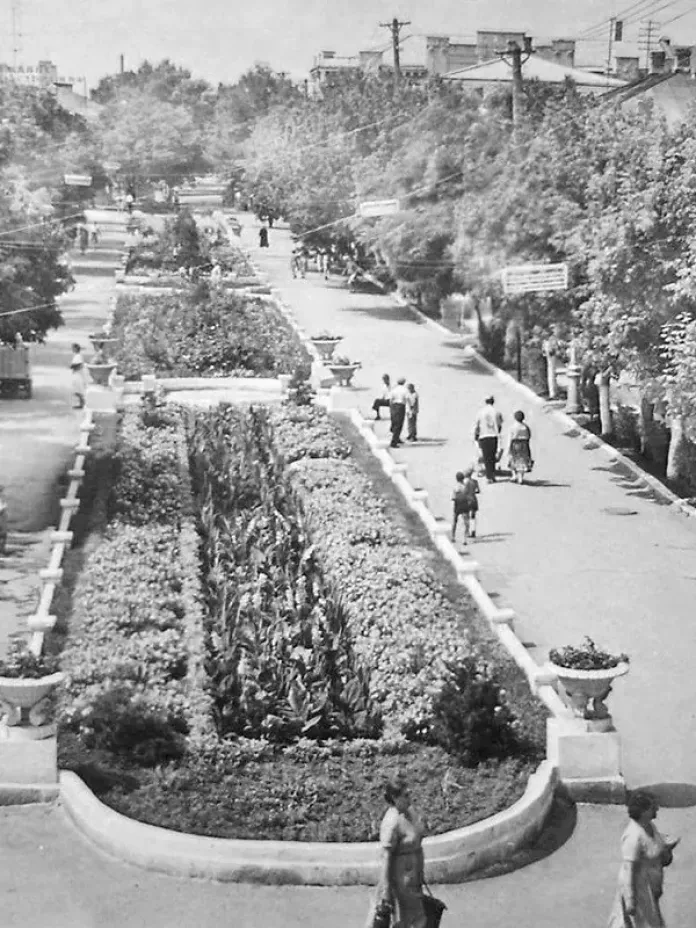
The History of Yeysk originates at the end of the eighteenth century, when the Khan's town was built on the site of the current Yeysk, designed to become a reserve capital of the principality and the residence of the Crimean Khan. After a short period of time, it was at the walls of the Khan's Town that the troops of Alexander Suvorov read out a manifesto on the annexation of Taman, the Right-Bank Kuban and Crimea to Russia. In the middle of the nineteenth century, the ataman of the Black Sea Cossack army took the initiative to create a port city on the Yeisk Spit, which was actively supported by Count Vorontsov, and as a result, Emperor Nicholas I issued a decree on the creation of Azov Sea, on the Yeysk Spit, a port and a city that was named the port city of Yeysk.
The Crimean War of the mid-nineteenth century caused great damage to Yeisk - it was badly damaged by shelling and amphibious assault by the English squadron, which dominated the Sea of Azov at that time. At this time, about ten percent of the buildings and structures of Yeysk were destroyed. In the second half of the nineteenth century, educational institutions were opened in Yeysk, most of the streets were paving, and permanent lighting appeared. By the twentieth century, Yisk had become a major international trade and cultural center in the south of the Russian Empire. At the beginning of the twentieth century, a major reconstruction of the seaport was carried out in Yeysk, and a railway connection was opened. On the basis of the therapeutic mud and mineral hydrogen sulfide water discovered in Yeysk, a balneological resort arose, which is still popular to this day.
In the twenties and thirties of the twentieth century, Yeysk developed as an industrial center, in the thirties a naval flight school was relocated to Yeysk, more than three hundred graduates of which later became heroes of the Soviet Union and Russia. During the Second World War, Yeysk was constantly bombarded by German aircraft, and was occupied for six months - at this time, the Nazis carried out mass arrests and executions of local residents. During the occupation period, the famous Ukrainian wrestler Poddubny lived in the city, after whom the city park is currently named. In the post-war period, the seaport, railway station and other urban infrastructure facilities were quickly restored, and every year Yeysk began to develop more and more as a resort city.
More and more tourists and vacationers began to come to Yeysk. Therapeutic mud, warm and healing Sea of Azov attracted people from all parts of the country. Yeysk has always been distinguished by a large number of green parks, in which various attractions were subsequently organized, which were produced in Yeysk itself, at the Attraction enterprise. Concert venues, cinemas, a large number of theaters and cafes, hotels worked in the city, and the Yeysk sanatorium developed. In perestroika times, due to a nationwide crisis, the resort direction of Yeysk development practically died out, and was revived only by the end of the nineties of the twentieth century. Currently, the city of Yeysk is a bizarre interweaving of architecture from different eras - tsarist, Soviet and modern.